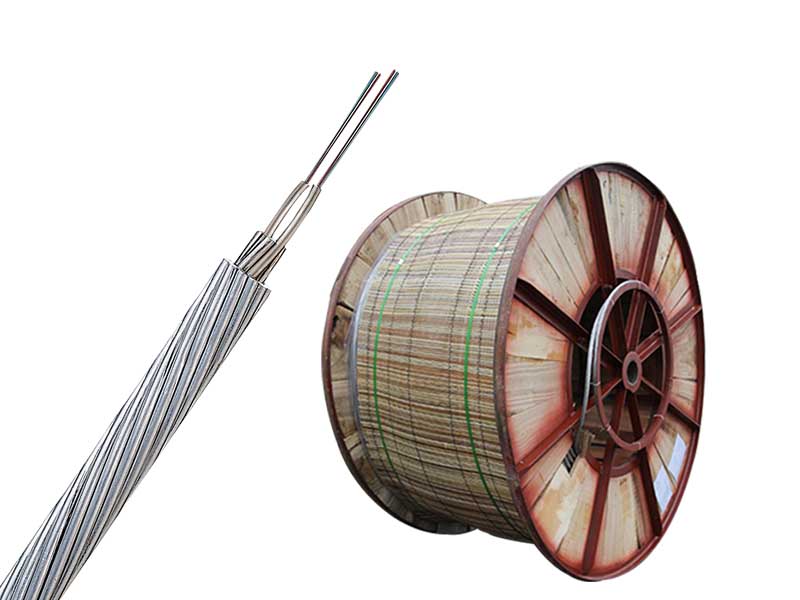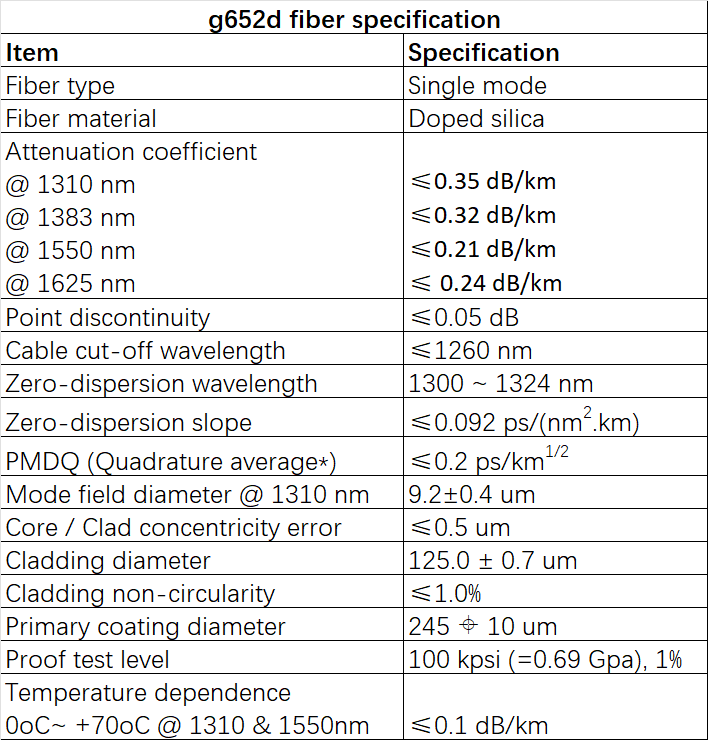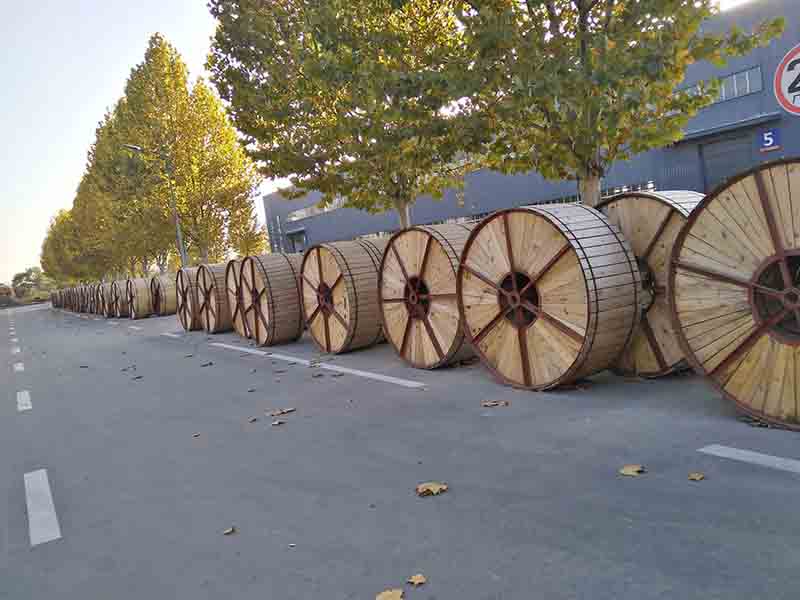、


The design adopts a stainless steel tube fiber optic unit and other metal wires twisted simultaneously;
Placing the optical fiber inside a stainless steel tube can achieve better excess length, while the stainless steel fiber unit with a layer twisted structure is located in the second layer, producing larger and more stable tensile excess length through twisting;
Accurately designed fiber optic cable cross-section ensures the electrical performance,mechanical and physical properties, and thermal stability of the cable;

Fiber Count: 12-144 Core
Standard: IEEE 1138、IEC 60794-4、 IEC 60793、TIA/EIA 598 A
Fiber Type: G652D;G655C;G657A1;G657A2;50/125;62.5/125;OM3-150;OM3-300;OM4 As Options

1)According to the technical conditions of the line,products that meet the technical requirements of the line can be obtained by combining the proportion of aluminum steel cross-section without changing the structure of the optical cable;
2)The thin-walled stainless steel tube OPGW optical cable structure has higher resistance to lateral pressure and impact compared to the aluminum tube structure;And stainless steel has low conductivity,high strength, excellent corrosion resistance, and well protected optical fibers;
3)Stainless steel pipes filled with ointment can prevent moisture or moisture from penetrating;Adjusting the excess length of the optical fiber can make the cable have good temperature characteristics;
4)The aluminum clad steel wire with high strength and low conductivity on the inner layer bears the self weight and external load of OPGW;By utilizing the principle of charge skin effect,overload or fault short circuit currents are guided through outer good conductors,which is beneficial for protecting optical fibers;
5)Optical cables have similar mechanical and electrical characteristics to conventional overhead ground wires,facilitating the replacement of old ground wires and the design and installation of new ground wires,They also have the dual functions of ground wire and communication。
6)The excess length of the optical fiber can be precisely controlled to ensure the ability of the optical cable to withstand high loads and large spans;

OPGW optical cables are mainly used on 500kV、220kV、and 110kV voltage level lines,and are mostly applied on newly built lines due to factors such as power outages and safety。
The applicable characteristics of OPGW are:
(1) For lines with high voltage exceeding 110kV,the span is relatively large (usually above 250M);
(2) Easy to maintain,easy to solve line crossing problems,and its mechanical characteristics can meet the requirements of large line crossings;
(3) The outer layer of OPGW is metal armor,which has no impact on high-voltage corrosion and degradation;
(4) OPGW must be powered off during construction,resulting in significant losses during power outages. Therefore,OPGW should be used in the construction of high-voltage lines above 110kV。
Technical Parameter
Typical design for Double Layer:

Typical design for Three Layer:

OPGW Cable Detail reguirements need to be sent to us for cable desian and price calculation. Below requirements are a must.
A、Power transmission line voltage level
B、fiber count
C、Cable structure drawing & diameter
D、Tensile strength
E、Short circuit capacity
Standard length:2000m, other lengths are also available

